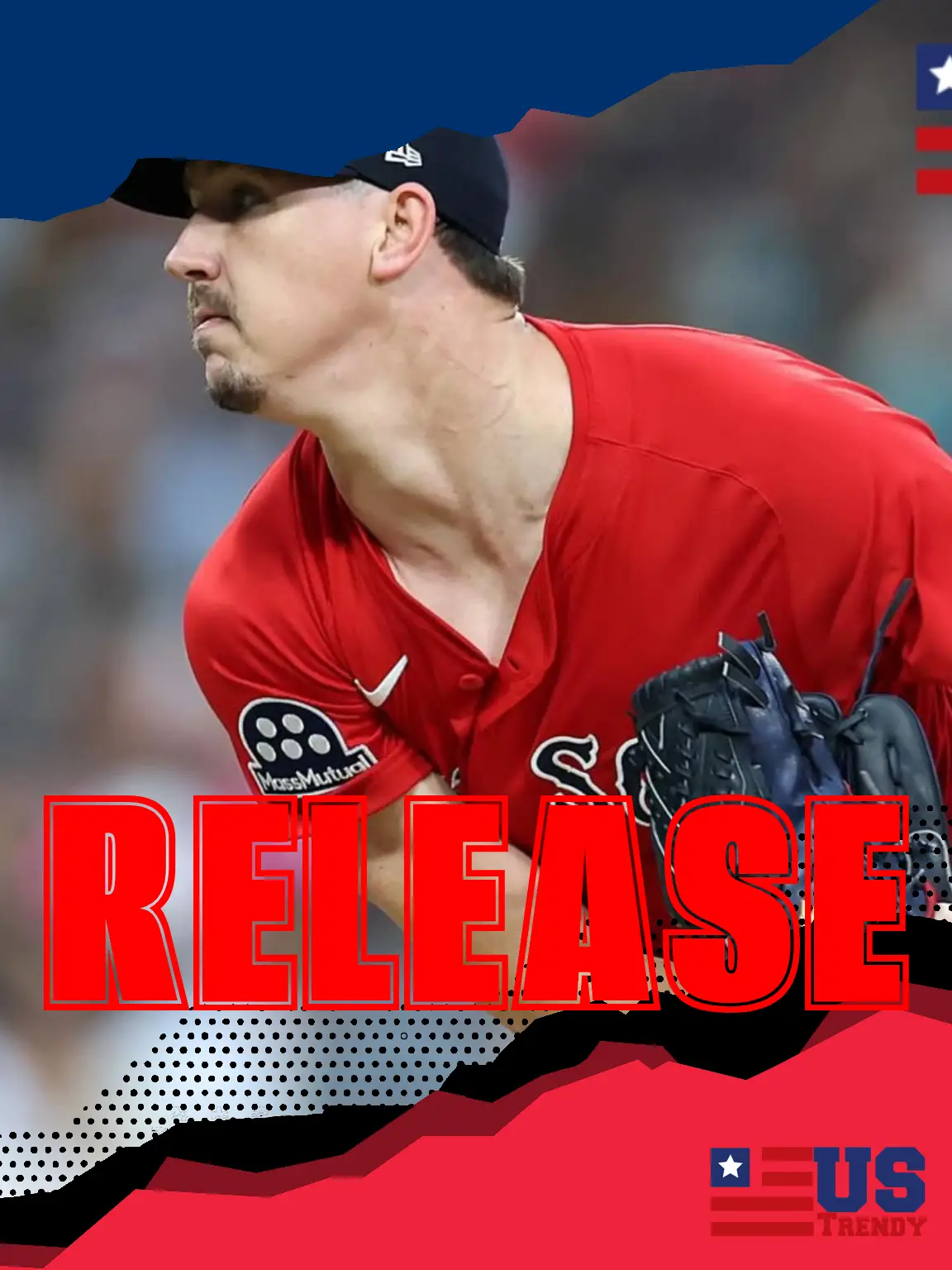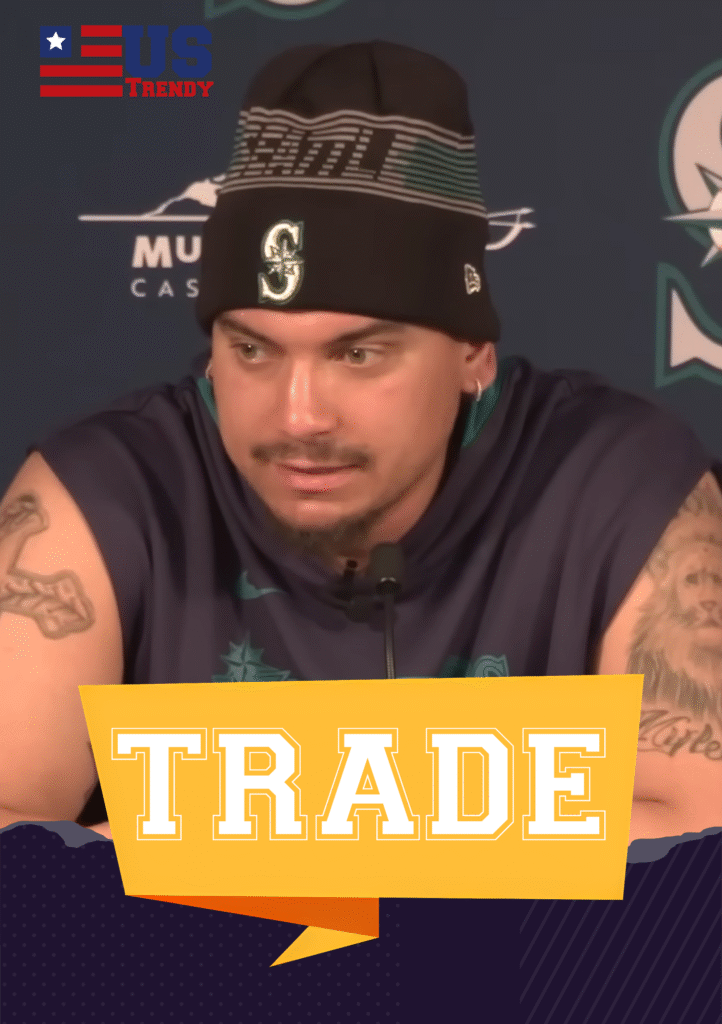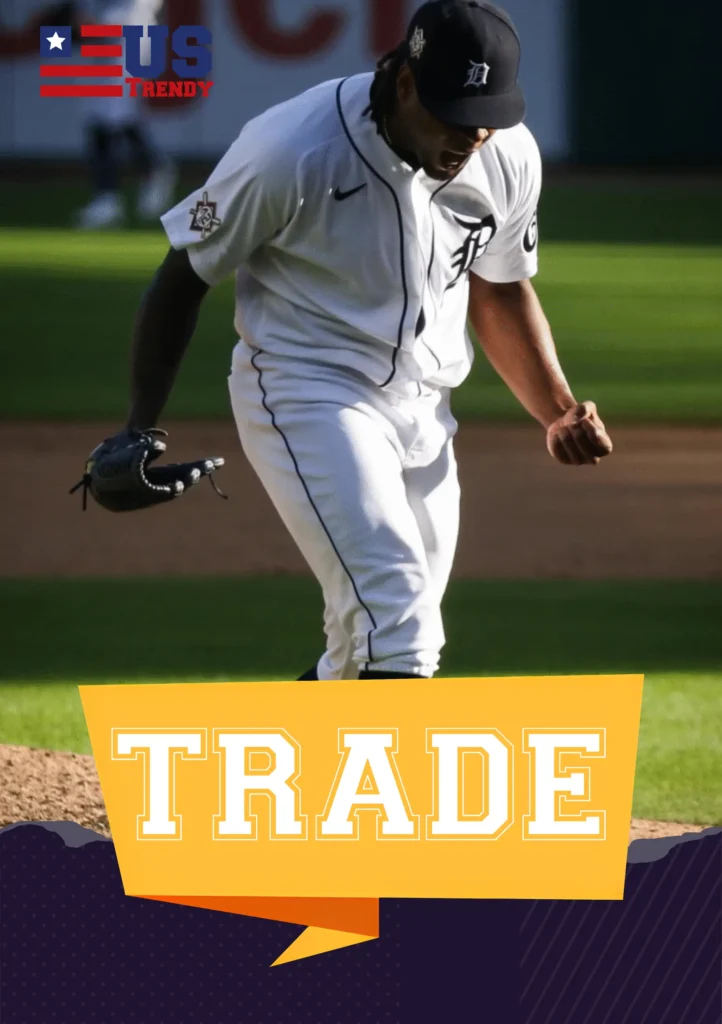Red Sox release veteran Walker Buehler a week after moving him to the bullpen. What went wrong, who could sign him, and what it means for October.
Walker Buehler Release Context
The Boston Red Sox released veteran right-hander Walker Buehler on Aug. 29, 2025, ending a tough one-year stint just days after bumping him to the bullpen. He’s now a free agent and must sign by the end-of-August eligibility window to pitch in the postseason for any club. Speculation has already linked the Dodgers, Yankees, Blue Jays, Astros, and Cubs as potential suitors.
The headline: A veteran release with big implications
Boston’s decision to release Walker Buehler came swiftly after a rough summer and a role change. On Aug. 22, manager Alex Cora moved Buehler from the rotation to the bullpen amid performance struggles (5.40 ERA in 22 starts), but the experiment barely had time to breathe before the team cut bait a week later. The team announced the release on Aug. 29, making Buehler a free agent immediately.
NESN and WEEI report that Buehler has until the league’s late-August deadline to sign with a new club to be postseason-eligible, turning this into a lightning-round market for a pitcher with a decorated October résumé.
How we got here: from splashy deal to abrupt exit
Buehler, a two-time All-Star and 2020 World Series champion with the Dodgers, signed a one-year, $21.05 million deal with Boston in December 2024. The bet: a healthy Buehler could stabilize the rotation and recapture playoff form. Instead, command and contact quality trended the wrong way, culminating in career worsts in walks (54) and homers allowed (21) through 22 starts before the bullpen move.
The Red Sox framed the demotion as a reset, but a week later made the call to move on entirely. Multiple outlets characterize the release as both “surprising” and “drastic,” especially with roster expansion around the corner.
What went wrong?
1) Diminished margin for error. Post–second Tommy John (2022), Buehler’s stuff hasn’t consistently separated. Reduced velocity and sharper contact against his four-seamer elevated his home-run risk, particularly in hitter-friendly AL parks.
2) Command volatility. The 54 walks in 22 starts tell the story. Missing arm-side with four-seamers and cutters forced Buehler into hitter’s counts; elevated heaters then found barrels. That profile explains the quick pivot to a bullpen role where shorter bursts can mask command haze.
3) Role whiplash & fit. Boston tried to thread the needle: keep Buehler in the mix while chasing a Wild Card spot. The starter-to-reliever flip came late, and with little runway to evaluate, the club chose roster flexibility over a month-long makeover.
Still, there’s upside. In smaller stints, Buehler can lean on his breaking ball mix (curve/slider) and selectively deploy the fastball up. Clubs shopping for a high-leverage multi-inning bridge—the role that wins Octobers—could talk themselves into a quick rebound if the shape of his pitches still plays.
[Note: Images are collected from Instagram]
Where he could land nex
Los Angeles Dodgers — The reunion write-up practically wrote itself within minutes of the news breaking. LA knows the person, the medicals, and the postseason makeup. If the Dodgers see spin and shape metrics that suggest a quick bullpen bounce, they could pounce—especially if they want another right-handed playoff weapon without sacrificing prospects.
New York Yankees — If New York wants a veteran October swingman and believes its pitching lab can sharpen command in a hurry, the fit is obvious.
Toronto Blue Jays / Houston Astros — Both clubs have toggled between opener games and patchworked middle innings in recent years. A veteran with playoff mettle on a minimum-type September deal could be a savvy hedge.
Chicago Cubs — Chicago reportedly kicked the tires last winter; with injuries and innings management on the mind, they’ve been mentioned again as a suitor.
The calculus for any team is simple: Do the pitch characteristics and recovery patterns justify a 4–6 week bullpen bet? If yes, Buehler’s October track record makes him uniquely attractive in a market with scant impact arms.
The market mechanics: eligibility & timing
Because he was released before the end of August, Buehler can sign with any team and be eligible for the postseason roster—but he must do so before the deadline (late on Aug. 31 in MLB rules; NESN framed a “Monday” cutoff in practical terms this year). That timing forces decisions now, not after a showcase. He won’t have a month of Triple-A data to seduce bidders; teams will rely on bullpen-side looks, underlying tracking data, and medicals.
View this post on Instagram
Background context: the rise, the surgeries, the search for a second act
- 2018–2021 (Dodgers): High-spin four-seamer/curveball combo, elite command in big moments, sub-3.00 ERA seasons, and a World Series ring in 2020.
- 2022: Underwent second Tommy John surgery, pausing an ace-level trajectory.
- 2024: Return with LA was uneven; the Dodgers declined a qualifying offer path and he reached the open market.
- Dec. 28, 2024: Boston signs Buehler for 1 year/$21.05M with incentives, betting on a renaissance.
- Aug. 22, 2025: Moved to bullpen to reset during a playoff push.
- Aug. 29, 2025: Released; the “veteran cut” instantly reshapes the September relief market.
What the data suggests (and what scouts will ask)
Stuff & shape. Even with a modest velocity dip, a tight curveball and a late-tilt slider can still win short pockets of high-leverage innings—if command hovers near league average. Teams will examine spin efficiency and fastball ride; if the heater has lost carry and is bleeding into barrel paths, the role probably tops out as 6th–7th inning rather than fireman.
Workload. After a second TJ, teams are particular about rest intervals. Buehler’s success in October 2018–21 came with aggressive usage, but clubs today may prefer one-inning spikes with occasional multi-inning bridges.
Makeup. By all accounts, Buehler has October fearlessness. For a contender’s clubhouse, that counts. The question is purely execution under shortened exposure.
What this means for Boston
From Boston’s vantage point, the move clears a roster spot before September and removes the day-to-day calculus of a struggling veteran with a notable price tag. The Red Sox tried the bullpen pivot, saw limited path to impact, and opted for clean slate flexibility. If Buehler latches on elsewhere and gets hot in October, the decision could become a talk-radio staple—but it also underscores Boston’s belief that their internal arms offered a higher probability of near-term value.
What this means for the next contender to call
For Dodgers/Yankees/Jays/Astros/Cubs types, the bet is asymmetric:
- Upside: A postseason-tested veteran who can steal a series game by navigating the 6th and 7th with secondaries.
- Risk: A short runway to fix walk rate and fastball damage profiles.
- Cost: Minimal—likely a pro-rated minimum with incentives. If it doesn’t click in two outings, October plans move on.





